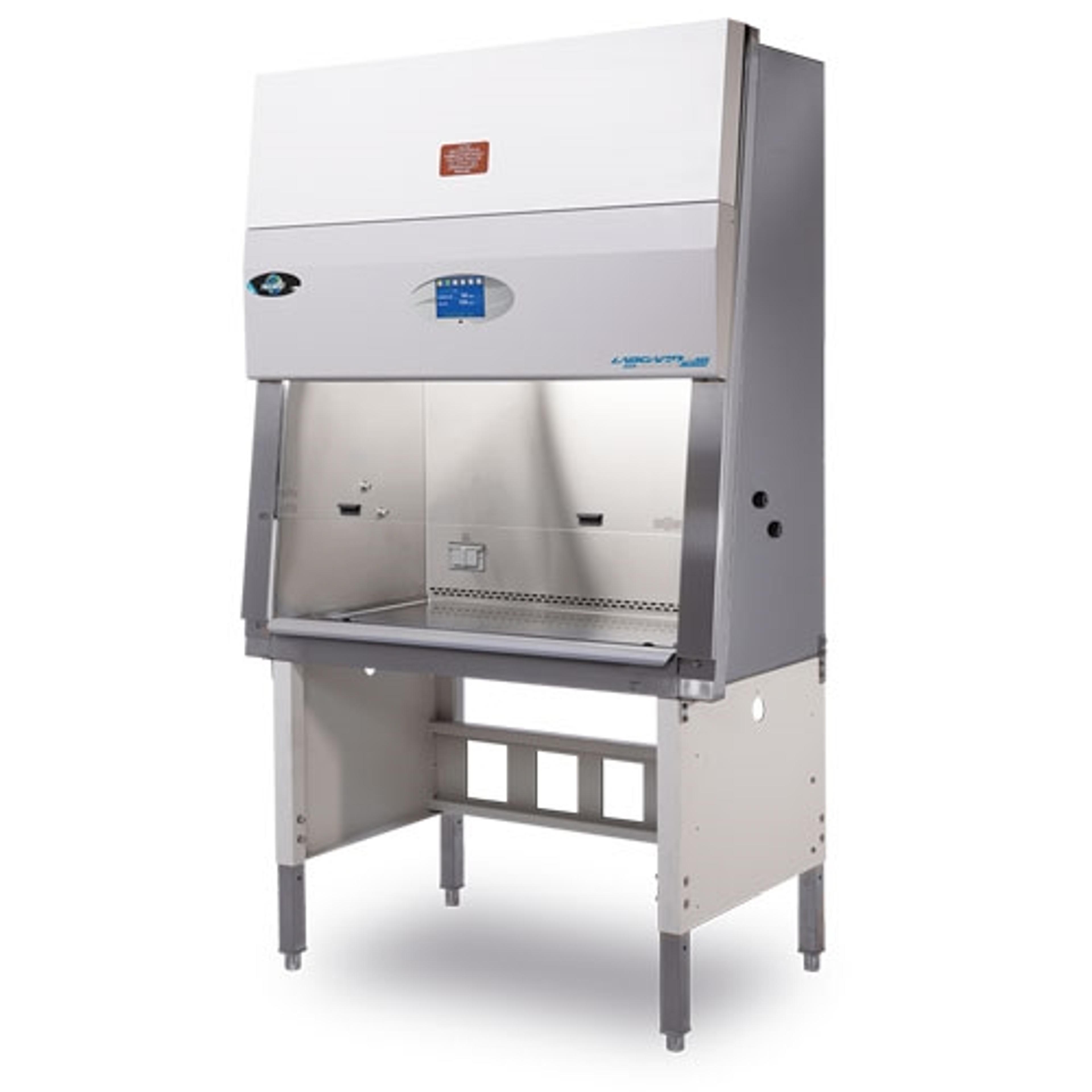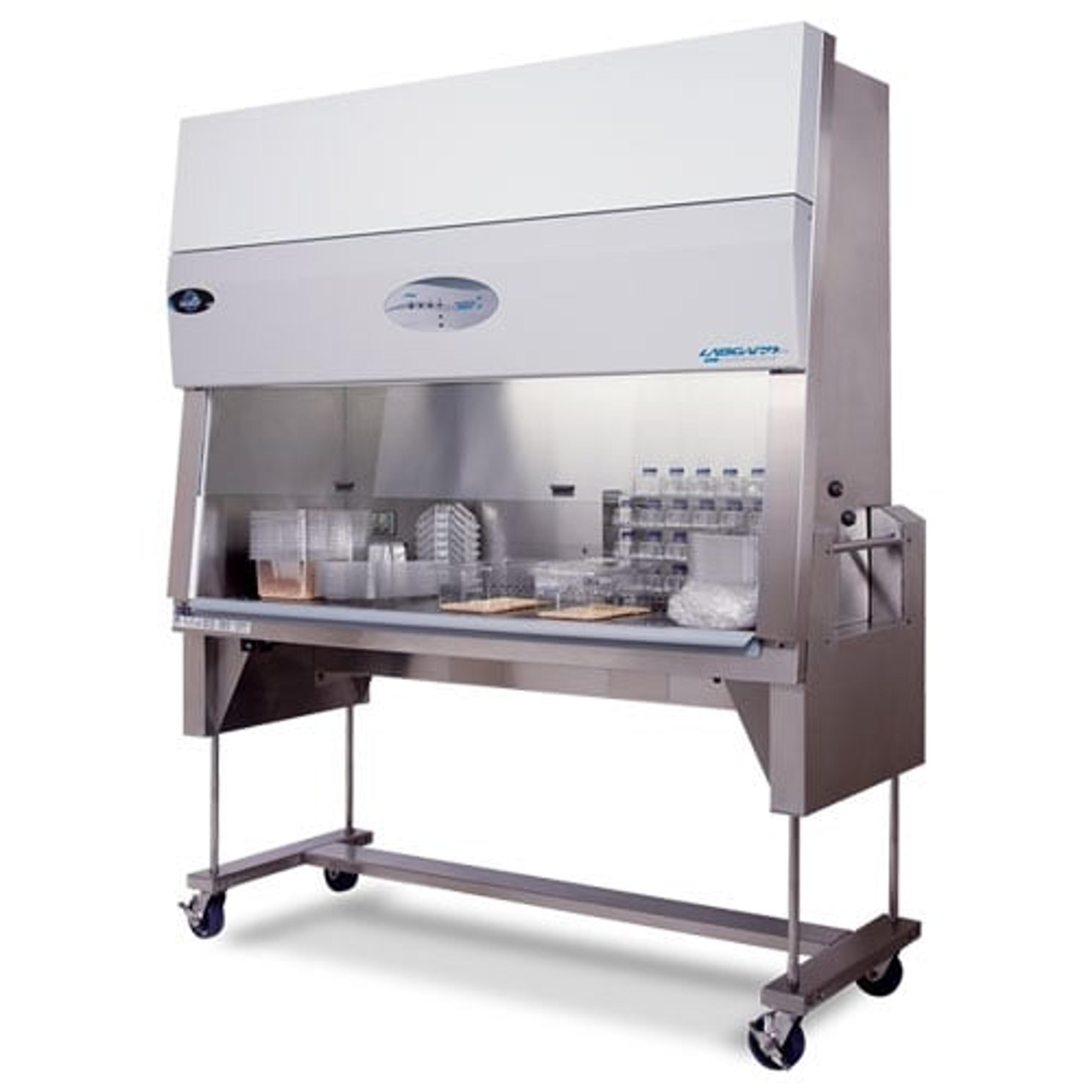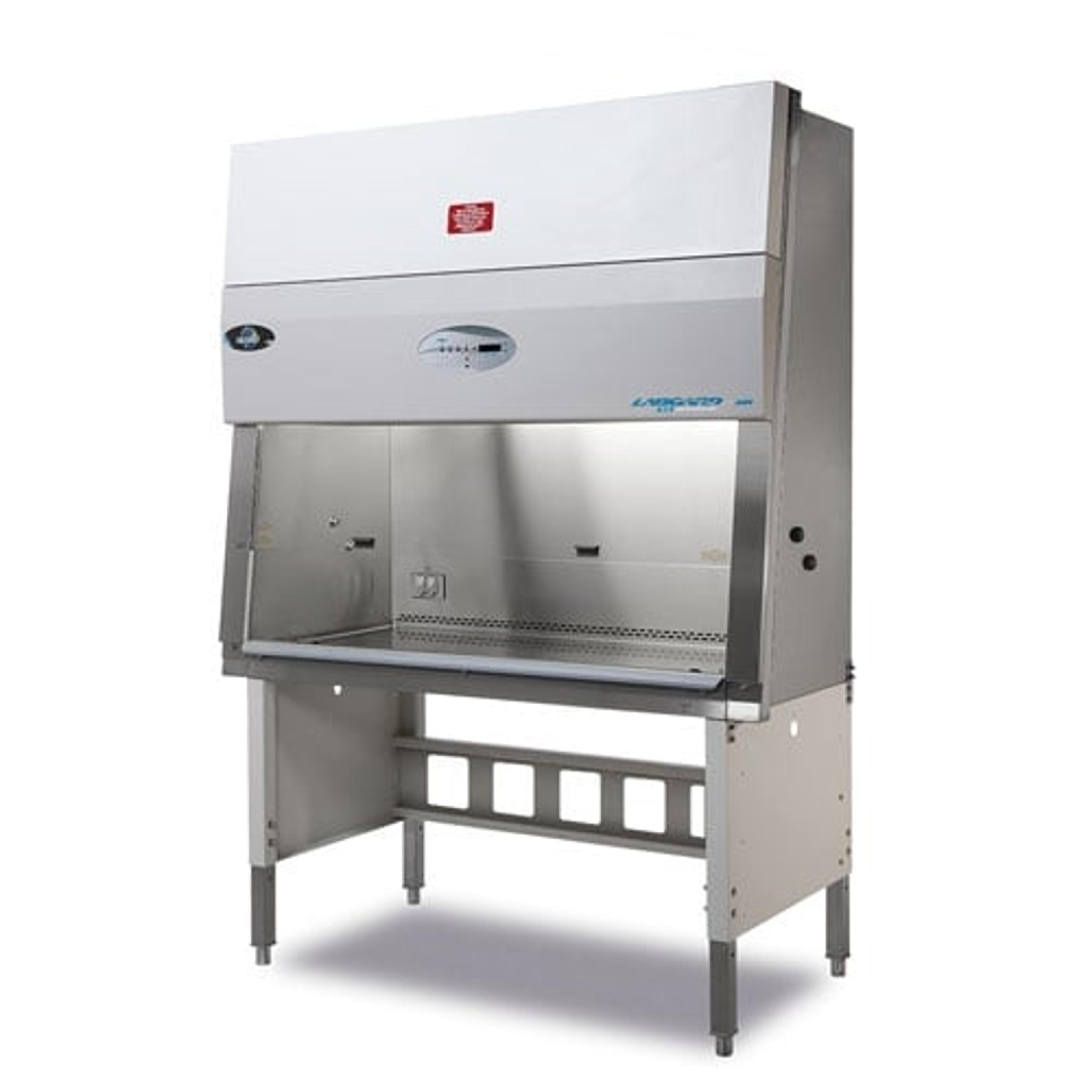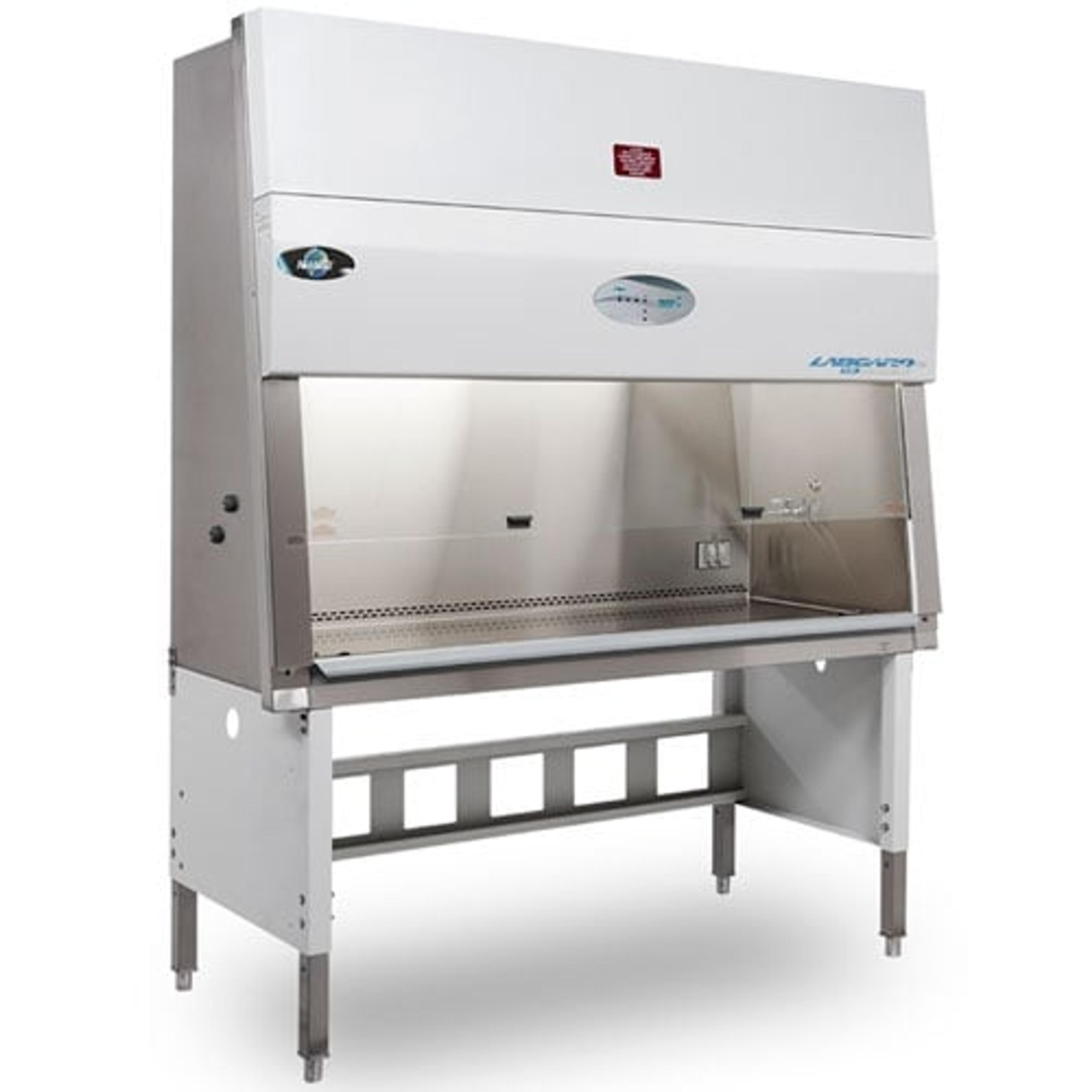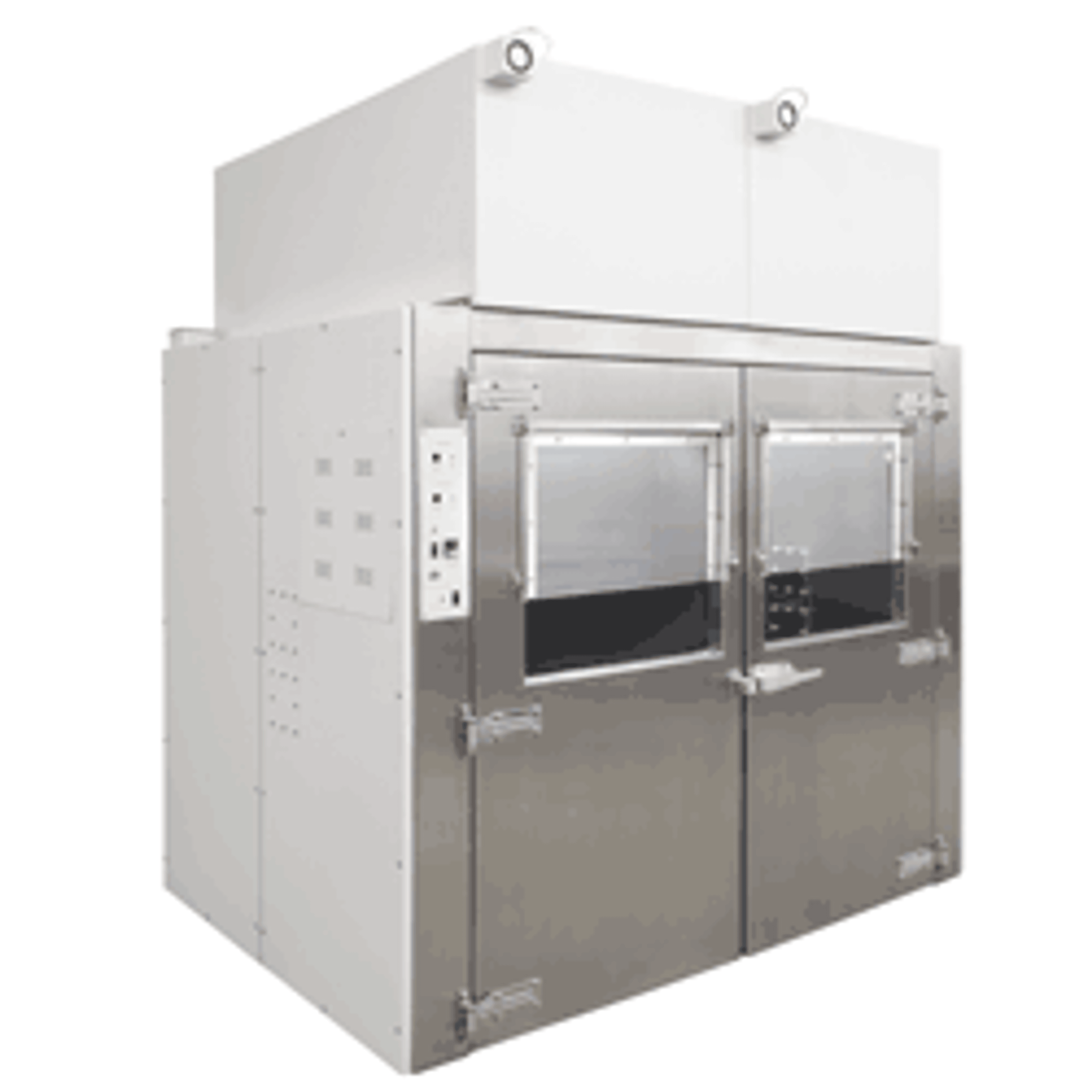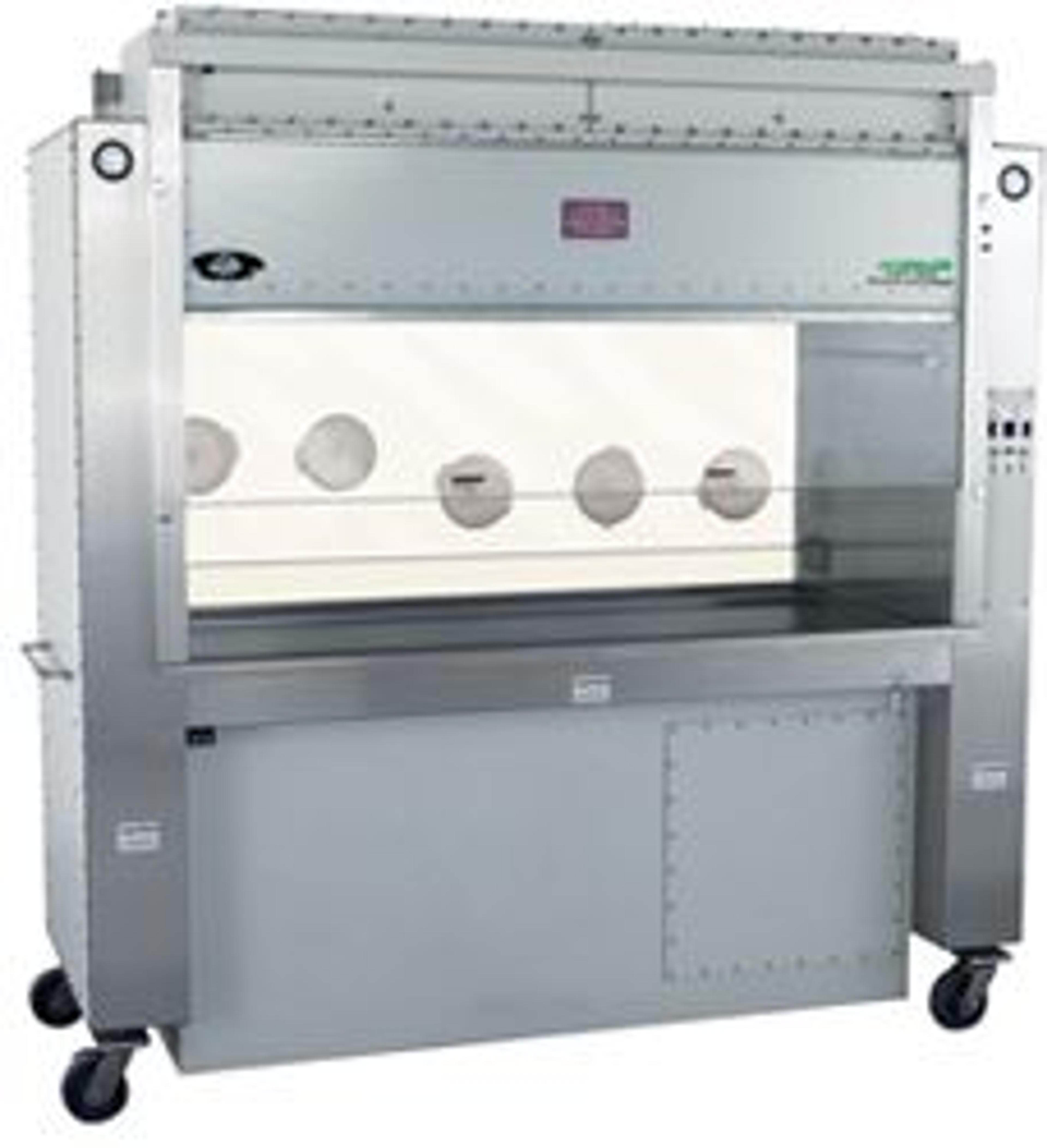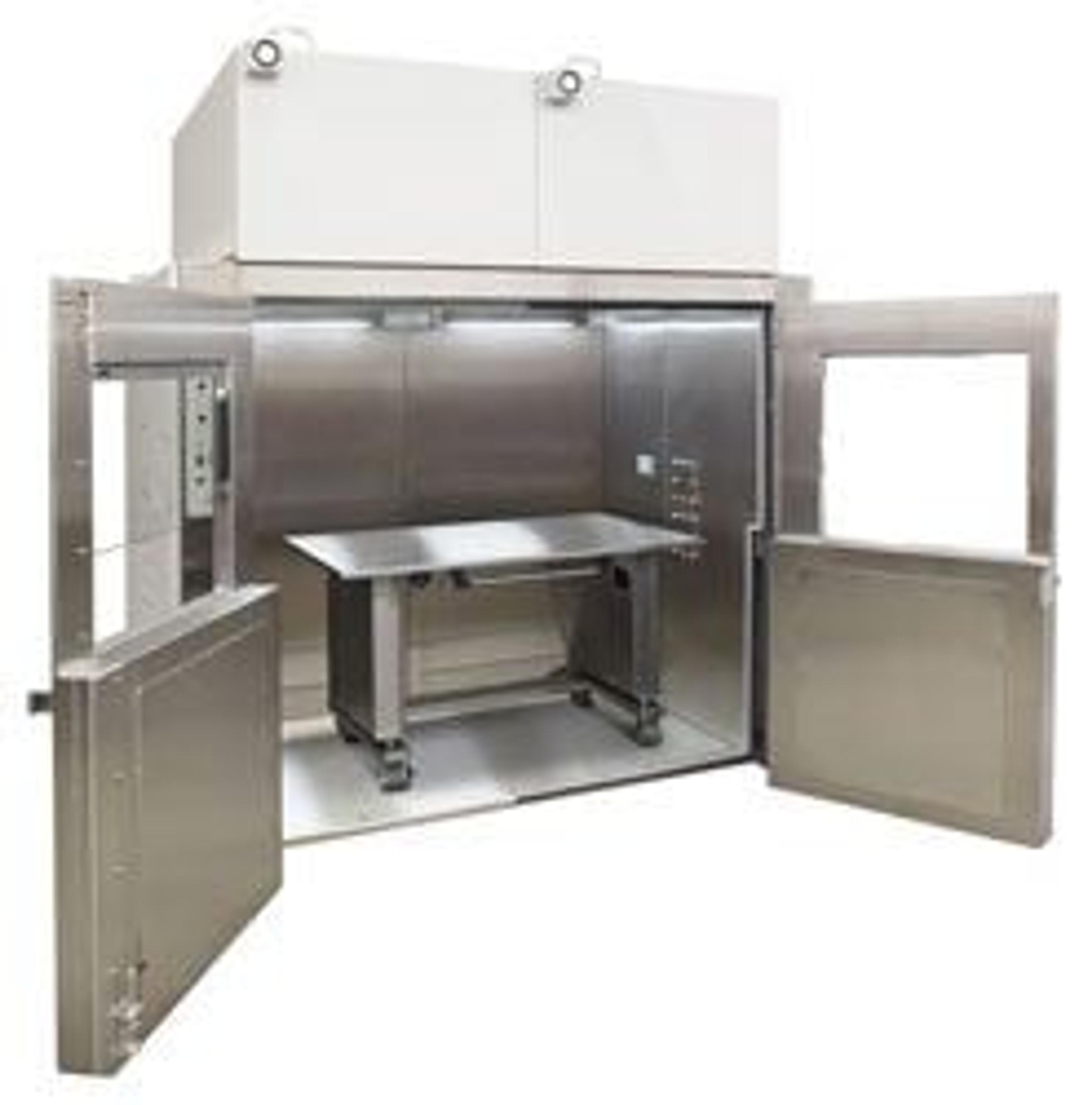Don’t Miss Out on Our Biosafety Cabinet Masterclass – Available Now On Demand
Your biosafety cabinet questions answered and top considerations for choosing new equipment for your lab
15 Feb 2018
In a recent SelectScience® webinar, safety expert, Drew Pippin, of NuAire, Inc., discusses the basics of biosafety cabinet operation and the most important things you should consider when selecting the best biosafety cabinet for your lab work. Read on for highlights from the Q&A session of the webinar, and if you missed it, watch the webinar on demand.
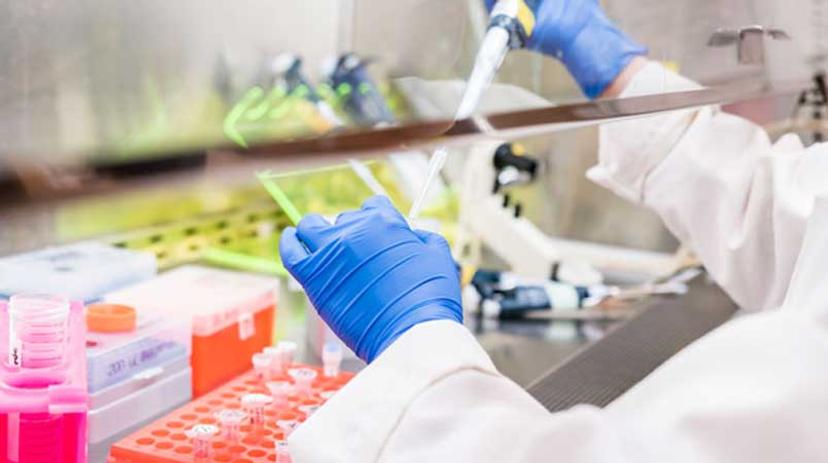
Q: If I am working in a BSL2 space, what dictates that I should be working in a certain class or type of biological safety cabinet?
A: First you will want to perform a risk assessment of your procedure. Once that is completed you will want to answer the five basic questions: What needs to be protected? What are all the different types of work to be done in the cabinet? What types and quantities of chemical vapors will be generated in the cabinet? If the cabinet requires exhaust, is there an appropriate location for the cabinet and facility duct system? If the cabinet is exhausted, what are the effects of low or no exhaust flow on the cabinet and laboratory? Once you have done that, you should be able to narrow down what class and type of biological safety cabinet would fit your needs.

Q: Can you elaborate on the effects of low or no exhaust flow when looking at an exhausted type A cabinet vs. an exhausted type B cabinet?
A: When you have low or no exhaust flow while using an exhausted class II, type A2 biological safety cabinet, the cabinet itself will continue to run but the exhausted airflow will be recirculated back into the laboratory space. This means that the cabinet is still providing product protection in the work zone as well as biological protection, but vapor protection is lost. Since class II, type B biological safety cabinets are interlocked with the exhaust system, if the external exhaust fails then the cabinet motor stops so as not to pressurize the exhaust duct system. Because of this you not only lose vapor protection, but biological protection as well as product protection — so any work that is being done in a type B cabinet at the time of exhaust failure would be compromised.
Q: Are agents classified in certain risk groups handled at the biosafety level corresponding to their risk group classification?
A: In many cases you can simply follow the work practices, engineering controls and facility requirements identified in the CDC/NIH Biosafety in Microbiological and Biomedical Laboratories (BMBL). For instance, Risk Group 2 agents are handled in a BSL2 facility following BSL2 work procedures and using BSL2 safety equipment, but this is not always the case and based on a risk assessment. Sometimes the procedures used in the protocol and certain factors associated with the agent will modify the risk and allow or require deviations from the BMBL.
Example: Let’s assume that you are working with the rabies virus, which per the NIH risk group classification list is a Risk Group 2 agent, so ordinarily researchers would follow the Biosafety Level 2 requirements. This particular laboratory is growing large volumes of the rabies virus and isolating the virus in a centrifuge. Rabies is a Risk Group 2 agent transmitted through bites or breaks in the skin. But the laboratory procedures in this example can create aerosol levels not possible in nature and create airborne concentrations of the virus that can result in infections by inhalation, a route of transmission not found in nature. In this case, the work culturing and isolating rabies should be performed with BSL3 containment and controls even though rabies is a Risk Group 2 agent.
Watch the full webinar on demand, or discover more upcoming webinars
Why not write a review about the biosafety cabinet you use today for the chance to win a $400 Amazon voucher?

